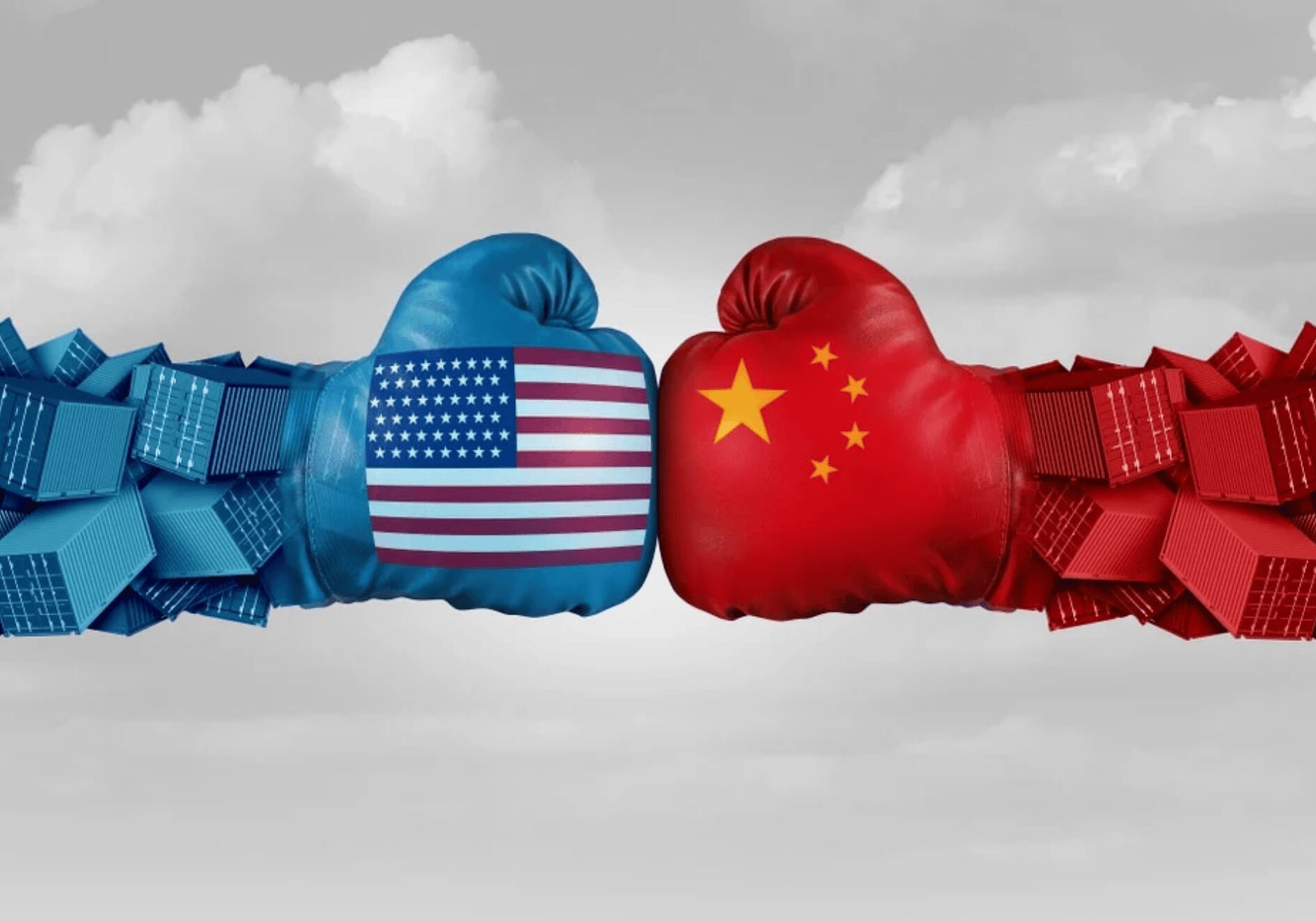Overview: Understanding the US Trade Policy Changes
The US trade policy changes have taken a dramatic turn with a 125% tariff reduction on Chinese goods, bringing rates down to 54%, marking a significant shift that could redefine global commerce in 2025. Alongside the elimination of a contentious $200 per-shipment fee, this move may unleash a wave of affordable Chinese imports into the U.S. market. This article delves into the effects of this economic adjustment, its relevance for consumers and companies, and its place within the wider geopolitical context.
Catalysts Behind the US Trade Policy Changes
The decision to lower tariffs stemmed from successful diplomatic talks between the U.S. and China. Escalating trade disputes from the prior administration had maintained high tariffs, particularly on low-value consumer items. Officials note that both nations agreed to overhaul outdated and harmful trade barriers to reset their economic relationship.

Economic Effects: Boosting Chinese Imports
The tariff on low-value Chinese products has dropped from an effective 125% to 54%. The removal of the $200 per-package fee, which heavily impacted smaller shipments, will drastically cut the cost of importing items like consumer electronics, toys, apparel, and household goods.
This adjustment is anticipated to enhance e-commerce imports and strengthen the competitiveness of Chinese products across U.S. platforms, ranging from Amazon to independent retail outlets.
Market Dynamics: Enhanced Competitiveness

Reduced tariffs will give Chinese suppliers a fresh advantage over domestic and global rivals. U.S. businesses dependent on Chinese supply chains, such as those in consumer electronics or drop-shipping, are likely to embrace this shift.
Additionally, the lifting of China’s ban on Boeing cargo flights—previously halted due to safety and regulatory issues—points to a deeper economic alignment. This reinstates vital air logistics links, benefiting both Boeing and cross-border trade efficiency.
Beneficiaries of the US Trade Policy Changes
Consumers in the U.S.
Lower import costs from China will translate to reduced retail prices across various product lines, including smartphones and home appliances. This relief comes at a critical time, helping ease inflationary pressures for American shoppers.
Small-Scale Importers
Entrepreneurs leveraging platforms like Shopify, Etsy, or Amazon FBA will gain significantly from the scrapped $200 customs fee. This fosters more low-cost, high-volume trades and lowers the entry threshold for new e-commerce startups.
Chinese Producers
Chinese manufacturers will regain price competitiveness, particularly in tight-margin markets, potentially triggering a new wave of exports to the U.S.
Discover: Three Altcoins Thriving After Trump’s Tariff Delay Announcement
Challenges and Strategic Risks
While the US trade policy changes may spur trade, detractors warn of increased reliance on inexpensive Chinese manufacturing. Industry groups express concerns that U.S. producers could struggle against uneven cost dynamics.
National security issues also arise, especially with the potential influx of sensitive electronics and data-enabled devices, raising questions about long-term implications.
Geopolitical Context: A 2025 Trade Reset
These US trade policy changes go beyond tariff adjustments, signaling a strategic overhaul in U.S.–China economic relations. Both nations seem intent on stabilizing ties amid global uncertainties, with economic collaboration possibly laying the groundwork to avert future disputes.
This shift also aligns with domestic economic slowdowns in both countries, highlighting a mutual interest in revitalizing international trade.
Final Insights: The Impact of US Trade Policy Changes

The reduction of tariffs on Chinese goods and the removal of the per-package fee represent a pivotal moment in global trade strategy. Coupled with China’s decision to lift the Boeing cargo ban, these steps indicate a more collaborative trade landscape in 2025.
For consumers, businesses, and investors, this opens a window of opportunity alongside caution. Strategic adjustments will be essential to ensure this détente fosters shared prosperity rather than reigniting economic tensions.








